You’ve booked your trip and bought yourself a new swimsuit. Now what?
You’ve gotta get that paper, honey! And by paper, I mean money. Not printer paper. Just to clarify.
Most places around the world won’t accept bills and coins from your home country as payment (we hear printer paper is also a no-go), so you’ll need to use their local currency.
I highly recommend waiting until you get to your destination to withdraw money from an ATM (more on that later) instead of going to any currency exchange establishments, such as airport kiosks.
Why? You’ll get much better exchange rates if you take cash out from an ATM than from a currency exchange kiosk. Think about it. Do you do everything you can to avoid the kiosks at the mall? Yes! Then ? why ? would ? you ? go ? to ? them ? with ? money?
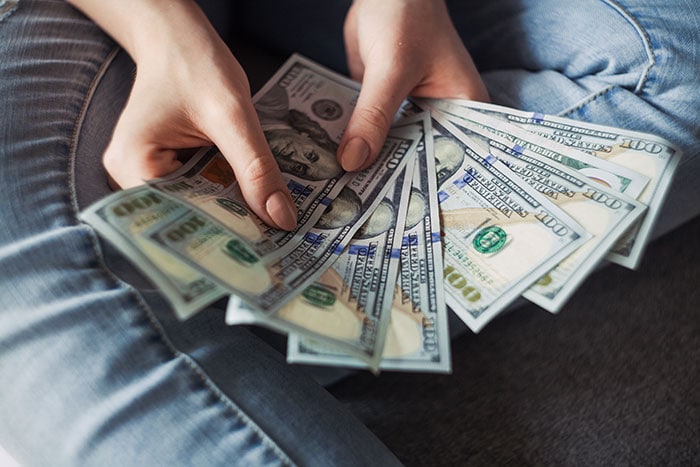
What Is An Exchange Rate, Anyway?
According to Investopedia, “An exchange rate is the value of a nation’s currency in terms of the currency of another nation or economic zone.”
Sorry, come again? Basically, an exchange rate is what your money is worth when it’s converted into another country’s money. See, we gotchu.
Here’s a real world example. At press time, one U.S. dollar was worth .82 pounds sterling. This charming tin of pistachio and clotted cream biscuits from Fortnum & Mason is £12.95. So, in U.S dollars, it would cost you approximately $15.75.
But exchange rates change by the minute. If you’re wondering what the approximate current exchange rate will be when you arrive at your next destination, check out XE.com for the latest and greatest.
I know what you’re thinking: Can’t I just use my credit or debit cards instead? It depends. While some countries are more card-friendly (hiiiiiiii, Scandinavian countries), others (looking at you, Germany) are full of businesses that only accept cash.
Ok, so where can you exchange currency?! We spell it out for you below so you can go back to bikini shopping.
Where To Exchange Currency When Traveling
You have a few options that will work! One of them is not the currency exchange counter. We talked about this!
You can either withdraw money from an ATM, wire money to yourself, or make the bad decision of going to a currency exchange counter. A checking account with no fees doesn’t hurt either.
Here’s a deeper look into your options.
-
ATMs
ATMs are a great place to get cash when you’re traveling. That’s because you often get the best exchange rate by withdrawing from an ATM.
One drawback: It may be a little hard to find an ATM, depending where you are. And while the ATM typically won’t charge a foreign transaction fee, your bank might (more on that below).
Here are a few DOs and DON’Ts when it comes to using ATMs:
- DO only use ATMs that are attached to an actual bank.
- DON’T use independent ATMs — the withdrawal fees at independent ATMs are as high as David Bowie in 1975. If you can’t avoid using one, make sure to decline the conversion rate they offer because it’s awful and tastes weirdly like baking powder.
- DO be aware of the amount of money your bank allows you to withdraw each day. I had a meltdown in Athens because I hit my withdrawal limit without realizing it and thought I’d run out of funds. And there was still room in my suitcase for more mati talismans!
- DO crunch the numbers before you withdraw to avoid an overdraft — especially when you’re withdrawing currency that’s stronger than your home country’s currency. For example, if you have $100 in your bank account and try to withdraw €100, you’ll overdraft your account — because that’s closer to $120. XE.com created a mobile currency exchange calculator app so you can check this on the fly.
- DO find that magical balance between how much cash you’ll need and how much cash you feel comfortable carrying around. Limiting the number of withdrawals you make during a trip can help you cut back on transaction fees… mugging fees not included.
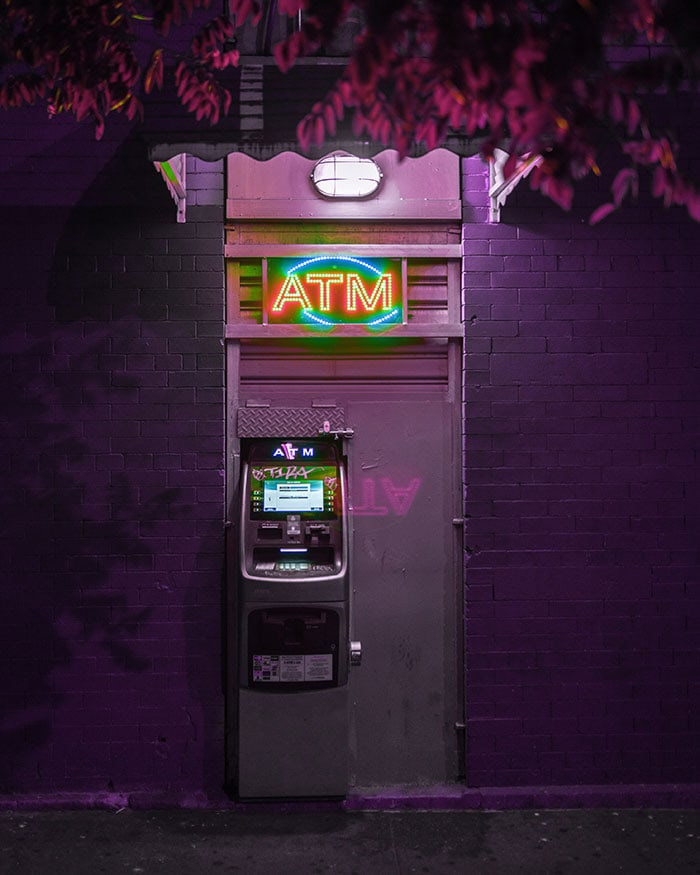
Get a Checking Account Without Foreign Transaction Fees
The other drawback of exchanging currency at an ATM is your checking or savings account may charge foreign transaction fees at ATMs, and these fees can add up. Check your bank’s fee schedule before you leave to make sure you won’t be dinged for $5 and your left kidney every time you take out $20.
Any checking account without fees will do, but I personally love my Charles Schwab account. There’s no monthly fee and no fee to withdraw money when you’re traveling (at least on their end — that ATM will probably still ding you).
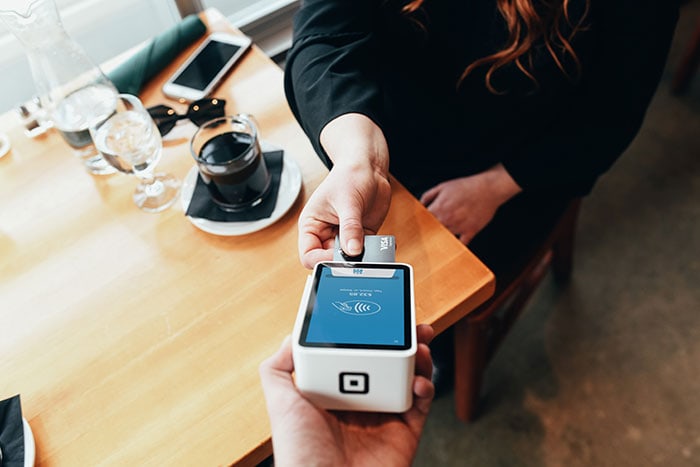
-
Prepaid Travel Card
If you’re skittish about carrying a lot of cash, use a prepaid travel card. You can add money to the card before you travel, and you can usually use what you don’t spend when you return home.
Prepaid travel cards can also be a great option if you have trouble sticking to budgets, since you can’t spend more than what’s on the card, but once it’s gone, it’s gone. Michelin-star dinner? Yes. Ramen for the rest of the trip? Also yes.
Prepaid travel cards do have a few drawbacks, though:
- You have to buy the card (though the fee may be waived depending on how much you load onto it).
- You’ll be charged a fee when you add or withdraw money from an ATM.
- Some prepaid cards come with a monthly fee or expiration date. “Oh, you loaded money onto a card a year ago? It’s ours now, sucker!” (That’s how financial institutions talk.)
Looking for a reliable prepaid travel card? PayPal Prepaid Mastercard, the Netspend VISA Prepaid Card, and Brink’s Prepaid Mastercard are all good options.
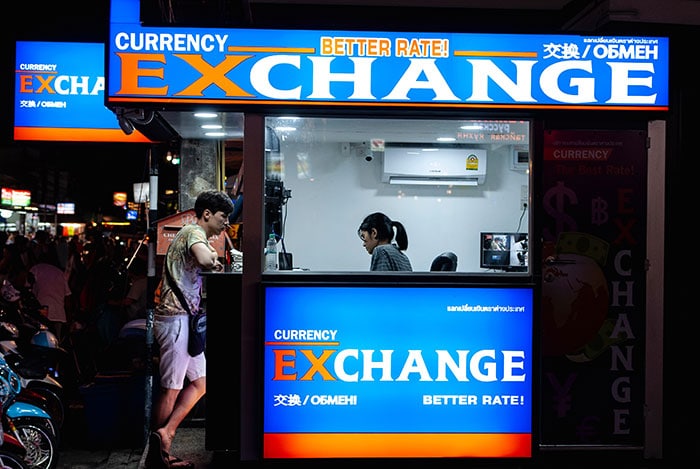
-
Airport Currency Exchange Kiosks
So convenient. Much fee.
In case you’ve missed my repeated attempts to stop you from doing this, here’s my last attempt. Please do not exchange money at the airport currency exchange counter. If your idea of a cheap thrill is taking money and burning it, just buy us this $10,000 whiskey advent calendar instead.
How much money will exchanging currency here cost you? For starters, the exchange rate may be as much as 10% higher (not in your favor) or greater. Then, they tack on a friendly “service charge” that could be around $10.
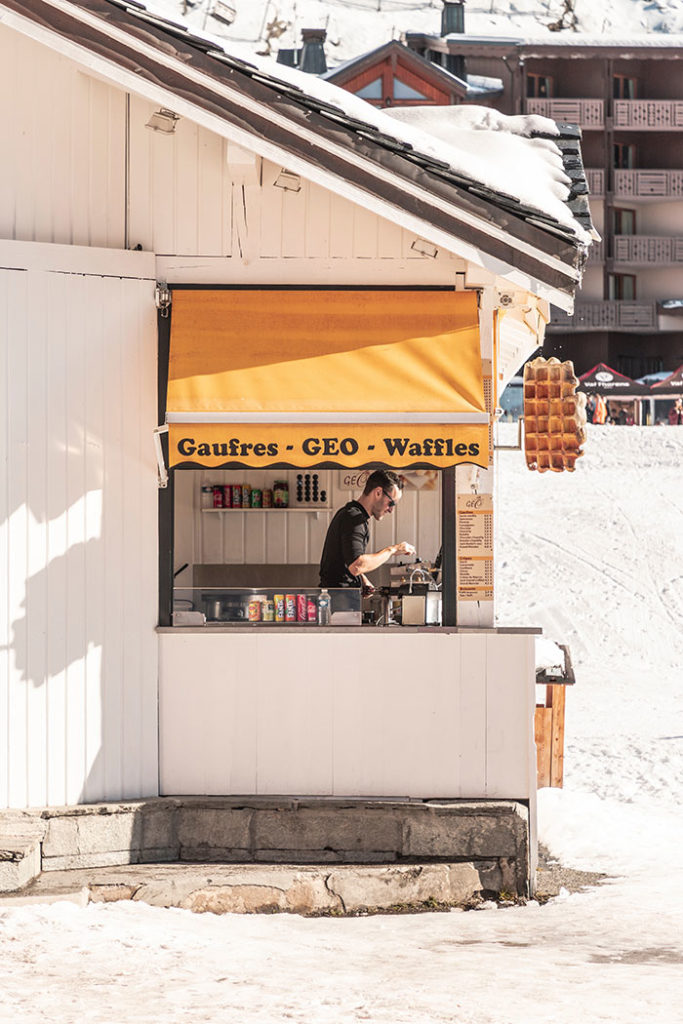
Where Should You Exchange Currency in the US?
It’s not a bad idea to land with a bit of cash in the local currency so you can grab something to eat, leave a tip, and more. To do that, here are your options:
-
Banks or Credit Unions
You can literally walk into your bank or credit union and be like, gimme those euros/pounds/Monopoly monies/your currency of choice, please! (Don’t play Monopoly with us unless you’re really ready to thrown down.)
Your home bank is convenient, won’t usually charge you a fee, and often has a better exchange rate than foreign exchange providers (we’re covering those next).
However, most banks have higher exchange rates than ATMs abroad, and it can take days to get your currency if it’s uncommon (although you can often obtain common currency like Euros and Canadian dollars on the same day — thanks, America’s hat!).
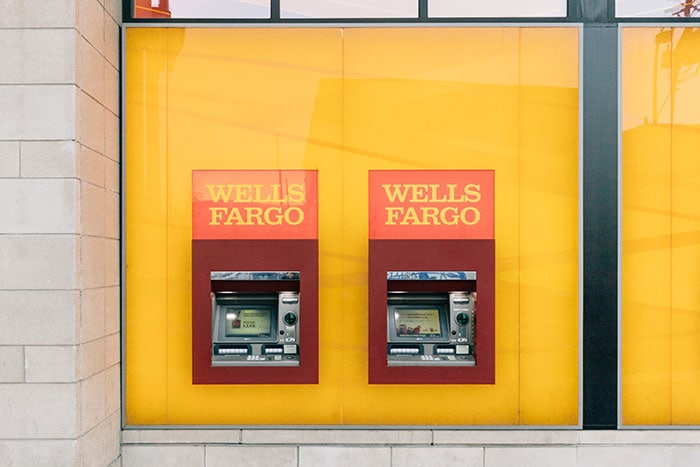
-
Online Through Foreign Exchange Providers
You Postmates your coffee, you use Amazon to order everything for your cat, and you load up your Etsy cart to outfit yourself for Burning Man. But can you exchange money without leaving the house? YES! (Though — and we don’t quite know how to break this to you — if you want to go to a foreign country, you will have to leave the house eventually.)
Travelex and AAA (who buys through Travelex) are two of the most popular foreign exchange providers. The downside is they only accept credit card as payment (your Monopoly money is no good here) and your card provider may charge you cash advance fees.
| Foreign Exchange Provider | Currencies Available From | Service Fee | Minimum Order | Maximum Order | Delivery Fee |
| AAA | 60 countries | None | $250 | $3,000 |
|
| Travelex | 60 countries | None | $50 | $3,000 |
|

-
Traveler’s Checks
Honest q: Are you still hanging out with Fred Flinstone? Tell Wilma we want our pearls back.
You can still purchase traveler’s checks from a bank, post office, travel agent, or an online provider if carrying cash makes you nauseous and you hate credit cards. American Express still sells them under the name “Travelers Cheques.” Guys, just stop. They’re not cool. It’s ok.
Travelers Checks never expire, and they can only be cashed by you, which means they can be refunded if they’re lost or stolen.
But, while they can be handy in places that don’t accept cards but also don’t have many ATMs, fewer places accept them — now that credit cards and ATMs exist — so you’ll probably have to pay a bank a fee to turn them into cash.
And at that point, you might as well just use the bank’s ATM. Basically, in terms of convenience, using a traveler’s check is maybe 1% easier than exchanging Muggle money for wizard money at Gringotts.
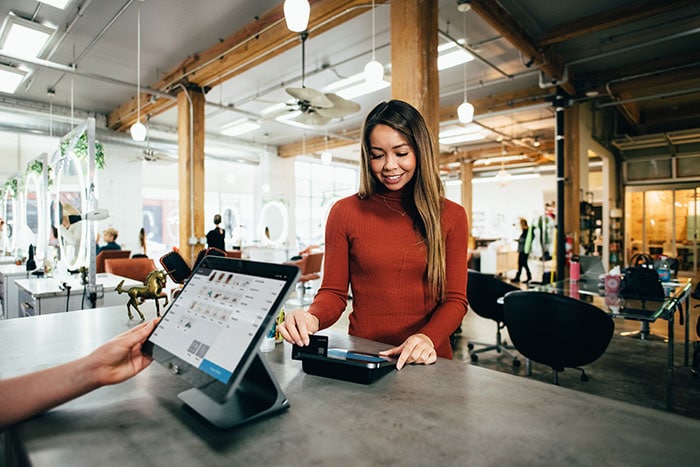
Should I Just Use My Credit Card Instead?
Many credit cards will charge you a foreign transaction fee each time you use them abroad, so make sure to get one that doesn’t.
I’m basically married to my Chase Sapphire Reserve at this point and I’d highly recommend that or the Chase Sapphire Preferred. I’d get both but polygamy isn’t legal where I live.
Here are a few more cards that don’t come at you with foreign transaction fees. #triggered
When you make a purchase with your card, you’ll sometimes have the option to pay in USD or pay in the local currency. Always pay in local currency.
If you pay in USD, you might end up paying a conversion fee for the transaction. By choosing to pay in local currency, you’ll be paying a closer amount to the actual conversion rate since your bank handles it.
One more tip about using credit cards when you travel
Be sure you let your bank and credit card companies know which countries you’ll be traveling to and how long you’ll stay in each. This gives them the opportunity to follow along on your IG stories. Oh, and it also means your card won’t get flagged for fraud and declined while you’re trying to order pommes frites from the hottest guy you’ve ever seen in Belgium.
You can let them know your travel plans online, in person, or by calling. If you need to call your bank while you’re abroad, both Skype and Google Voice allow you to do so for free.
Do I Need to Exchange Currency For My Trip?
While this seems like a silly question, some places prefer that you pay with American dollars (we see you, Cambodia). Other countries will readily accept the US dollar, or actually use the US Dollar as currency.
Countries that use the US dollar exclusively include:
- Ecuador
- El Salvador
- British Virgin Islands
- Caribbean Netherlands
- Turks and Caicos Islands
- East Timor
- Panama
- Federated States of Micronesia
- Palau
- Marshall Islands
And there are some countries (wassup, Morocco!) that won’t let you exchange money for theirs until you’re actually in their country. So before you embark on your adventure, double check your destination’s currency policy.
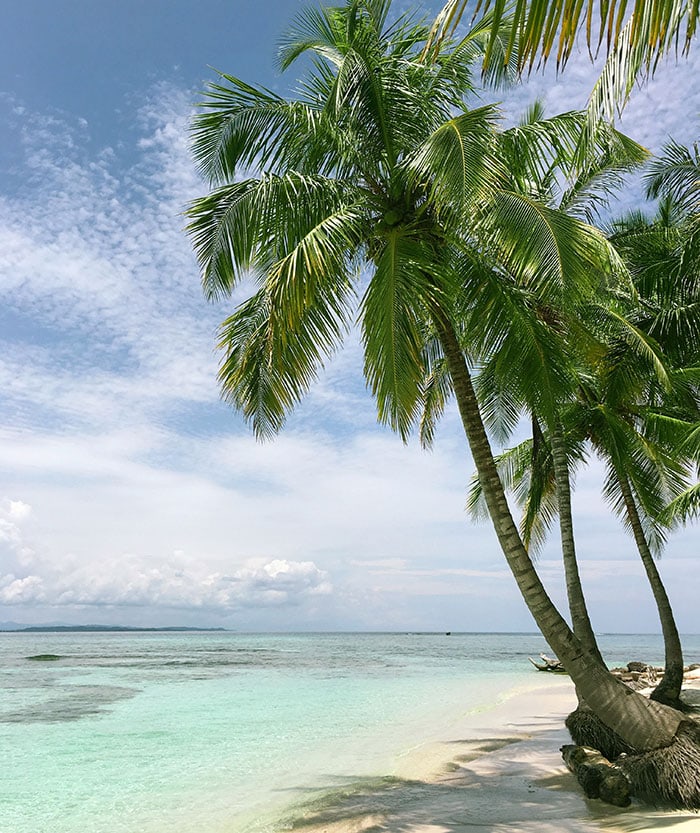
What Should I Do With Leftover Currency?
Were you a Budget Betty and didn’t blow all your cash on crepes and macarons in Paris? Here’s what you can do with that leftover cash:
- Put it in your scrapbook if you’re a hoarder like me.
- Buy some souvenirs for your loving family and friends. Don’t forget to remind them where you got it.
- Buy every single regional snack to eat on the plane.
- Exchange it back into USD at your local bank or credit union, AAA, or Travelex (not the one at the airport).
- Save it if you’re planning to return in the future.
TL;DR On Exchanging Currency
- The best way to exchange currency is by withdrawing money at a bank ATM. Use a debit card that doesn’t charge foreign transaction fees at international ATMs (like the Charles Schwab Debit Card), and decline the conversion if prompted.
- Get a credit card with no foreign transaction fees, and always pay in local currency.
- Avoid airport kiosk currency exchange counters.
- 20 Dark Winter Nails To Try This, You Guessed It, Winter - January 9, 2023
- 18 Art Deco Nail Designs That Even Daisy Buchanan Would Love - December 29, 2022
- The Best Hanukkah Nail Designs To Celebrate The Festival of Lights - December 14, 2022
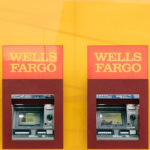



Leave a Comment